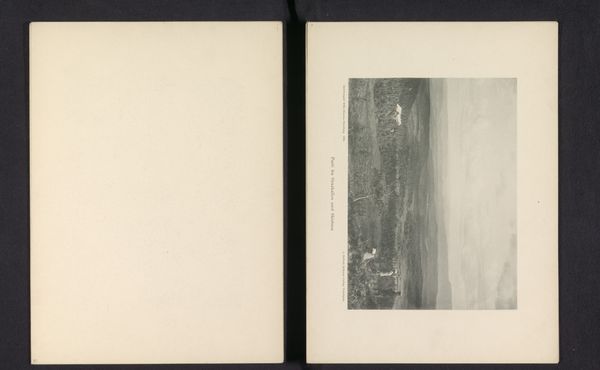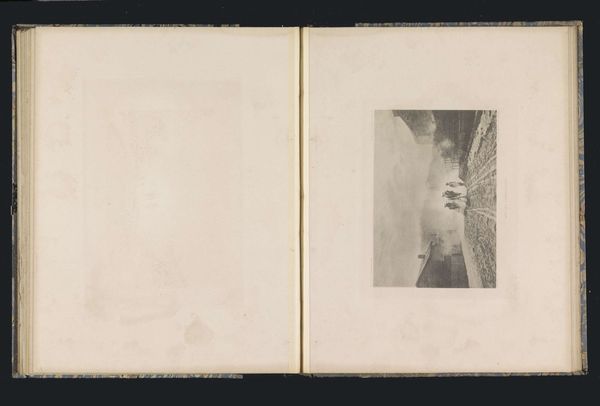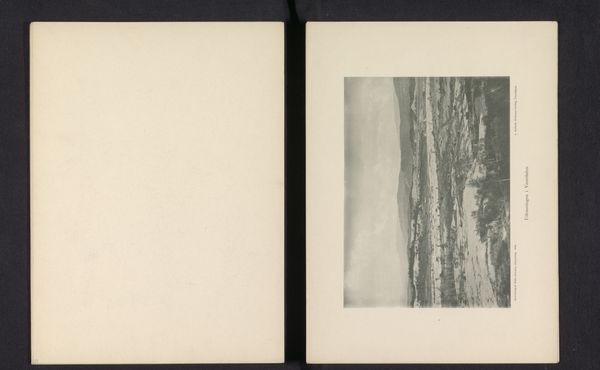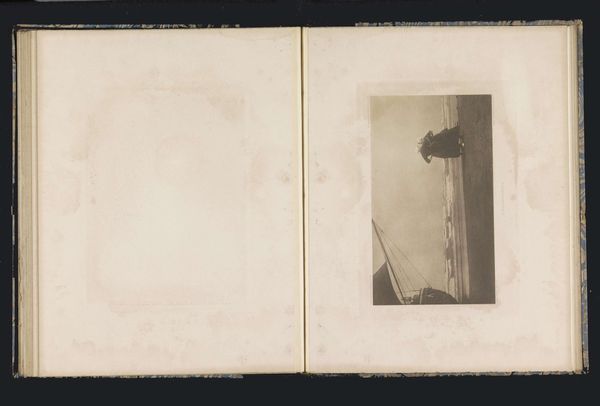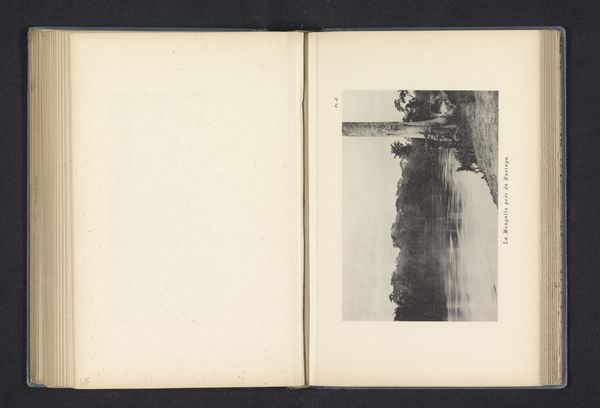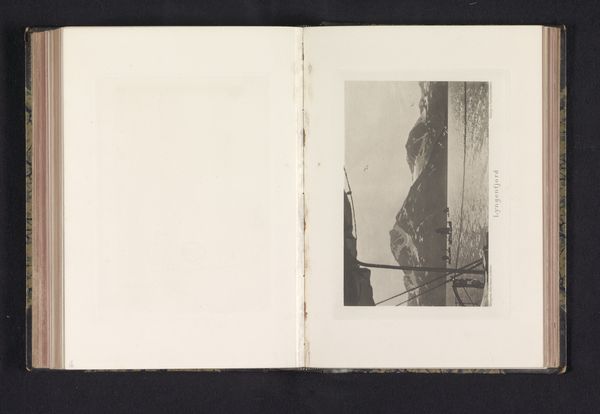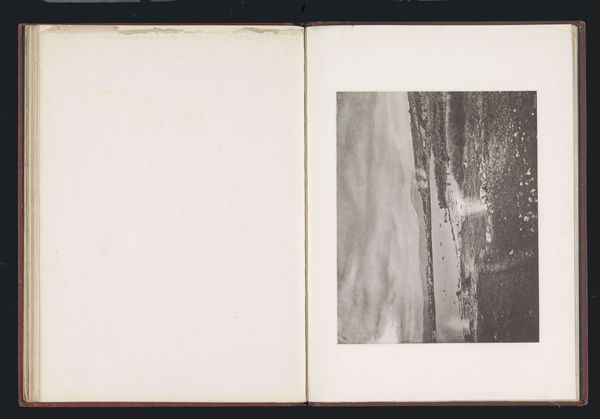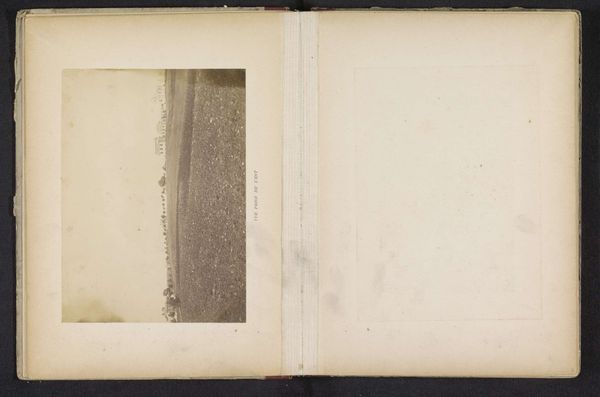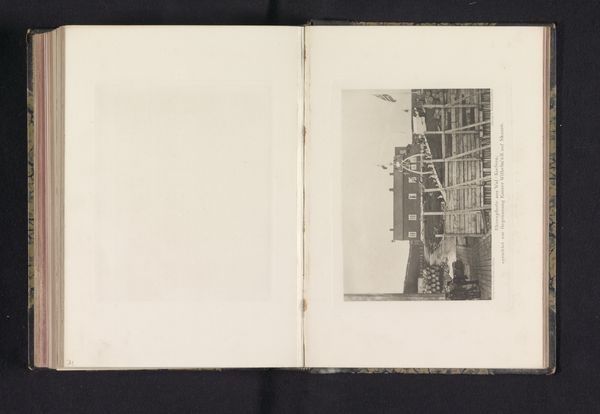
print, photography
# print
#
landscape
#
waterfall
#
white palette
#
river
#
photography
Dimensions: height 159 mm, width 220 mm
Copyright: Rijks Museum: Open Domain
Curator: Let's turn our attention to this intriguing photograph titled "Gezicht op de waterval Øvre Leirfoss in Noorwegen," which translates to "View of the Øvre Leirfoss Waterfall in Norway," taken before 1897 by Wilhelm Dreesen. It's a monochrome print, capturing a powerful cascade. What’s your first impression? Editor: The image has this raw, almost violent energy. I'm drawn to how the churning water, a kind of liquid rage, contrasts with the static rocks around it. It feels like nature in conflict, not a peaceful landscape, but rather a power struggle being made visible. Curator: Precisely. There's something primal about its depiction. Looking closer, you see the early photographic techniques at play; it gives a slightly ethereal quality. Do you see it capturing the sublime, or perhaps something more connected to 19th-century nationalism? Norway's independent from Sweden until 1905… Editor: I think both interpretations hold water, literally. On one hand, these landscapes, the raw untouched nature became symbols of national pride, of cultural distinction, of "Norwegianness.” But in depicting nature as raw, formidable, maybe it echoes deeper questions too. I'm wondering: How is accessibility denied or afforded to different bodies through landscapes such as this one? How might indigenous populations navigate them versus the white travelers, colonizers who visited at the time and after this print was made? Curator: A very astute question. Considering Dreesen was German, there is surely an imperialist lens to acknowledge too. What I admire most in Wilhelm Dreesen's creation is the texture, that gritty feel conjured using light and shadow, like tactile documentation beyond simple vista tourism. He managed to still a violent roar! Editor: I'm sitting here thinking, the roar might have gotten stilled in the image but could be activated beyond its confines as viewers wrestle with what nation, nature, identity and art can all represent! What did documenting it enable back then, and what doors can it open now for today's audiences? Curator: And maybe we're asking ourselves as a human collective how to confront monumental forces with both awe and ecological accountability! Editor: Well, Wilhelm's frozen moment definitely invites plenty to think about long after we turn away from it. It offers to stir in you new questions.
Comments
No comments
Be the first to comment and join the conversation on the ultimate creative platform.
